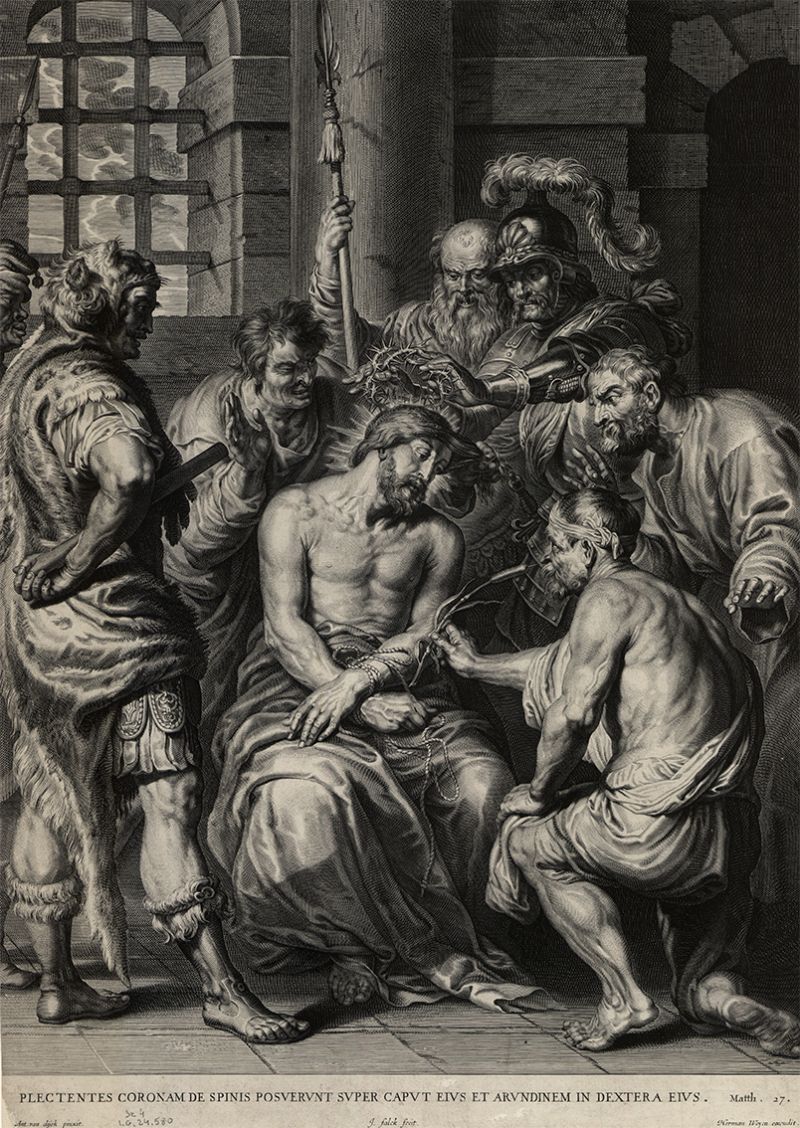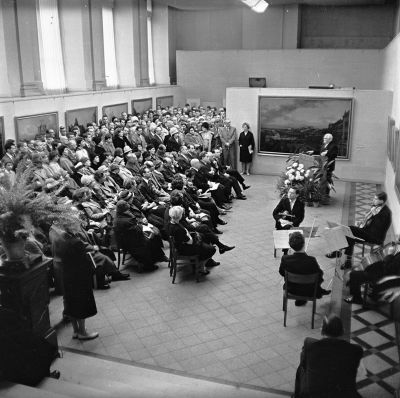Jeremias Falck
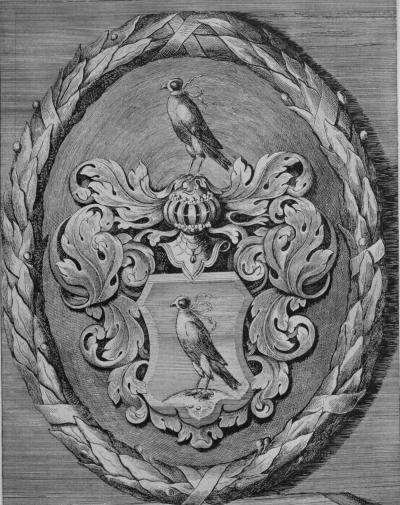
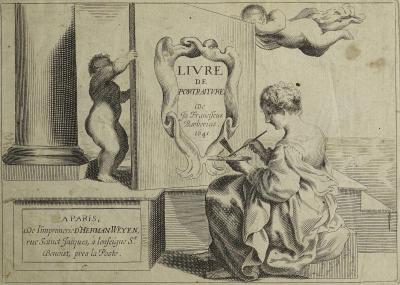

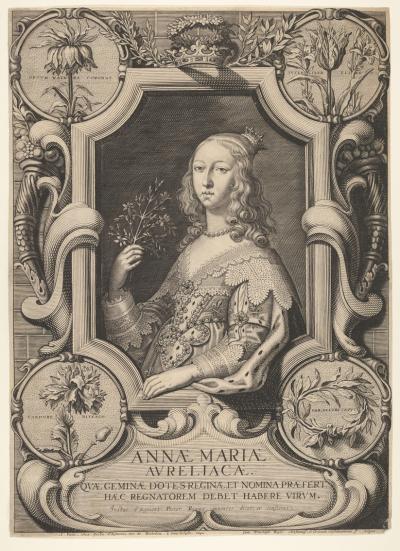
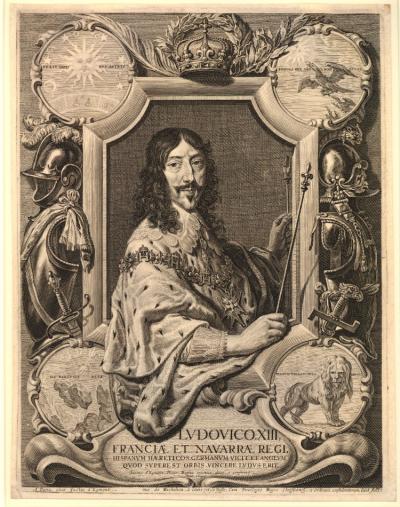
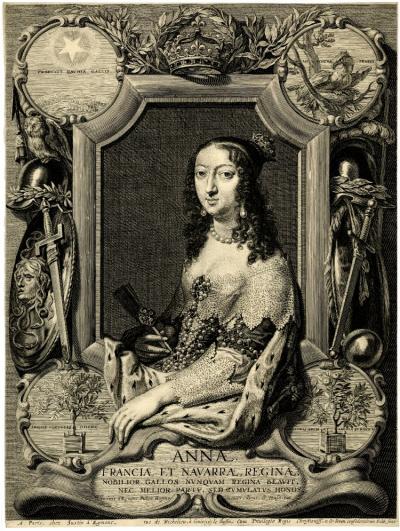
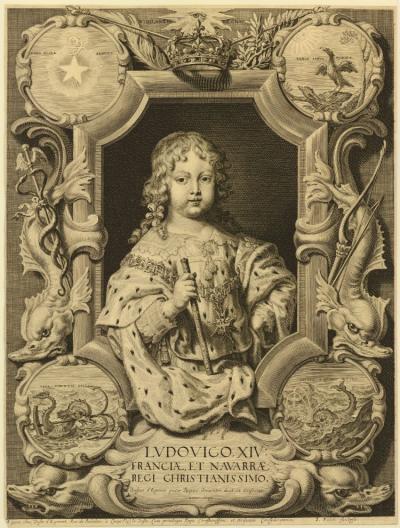
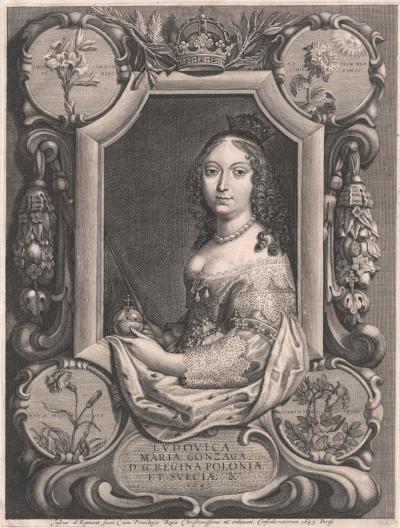
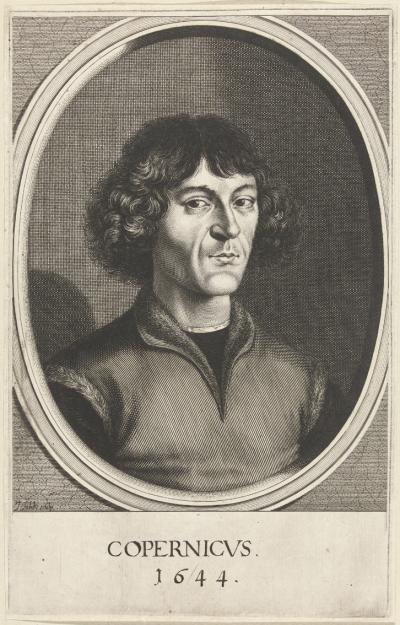
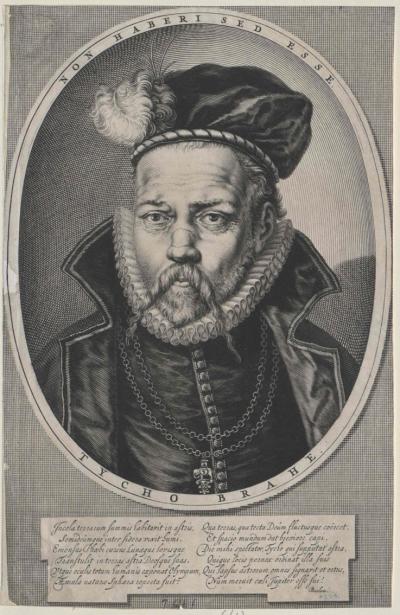
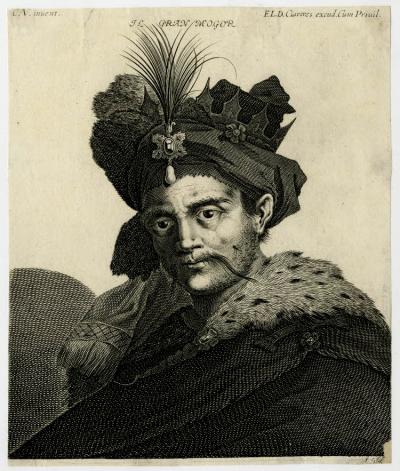
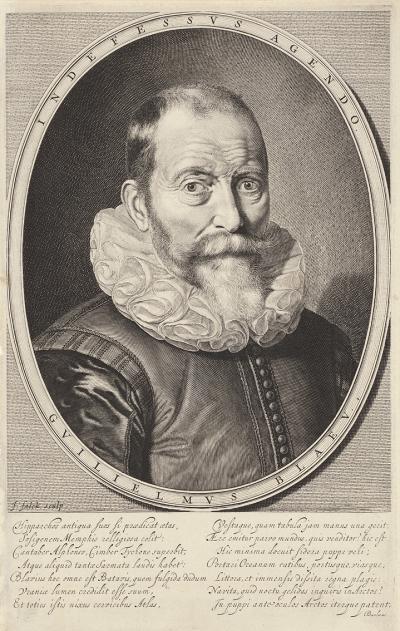
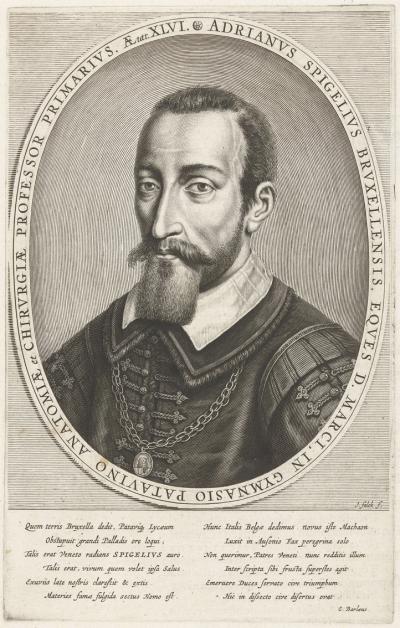
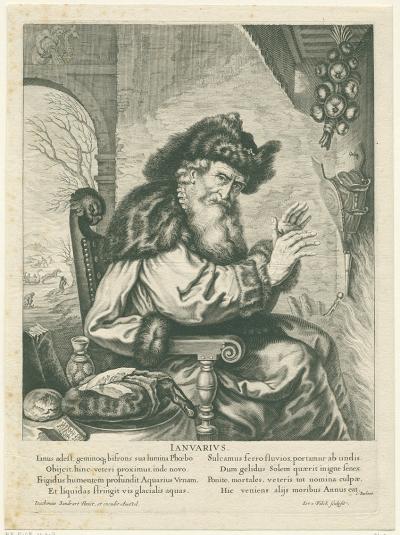
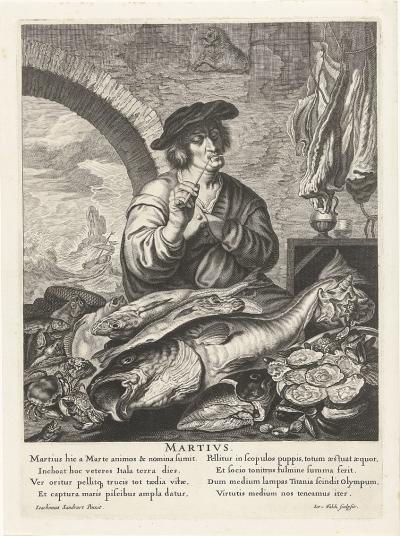
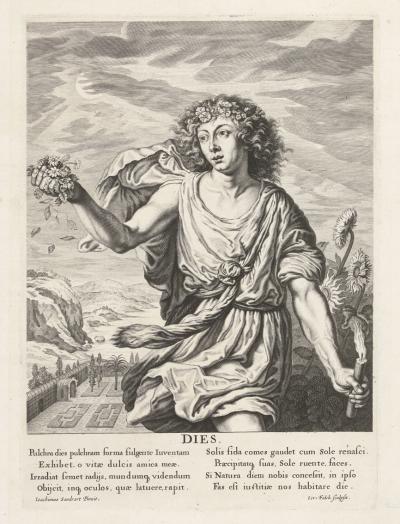
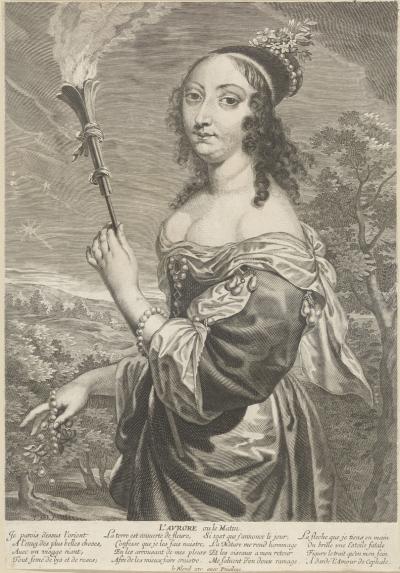
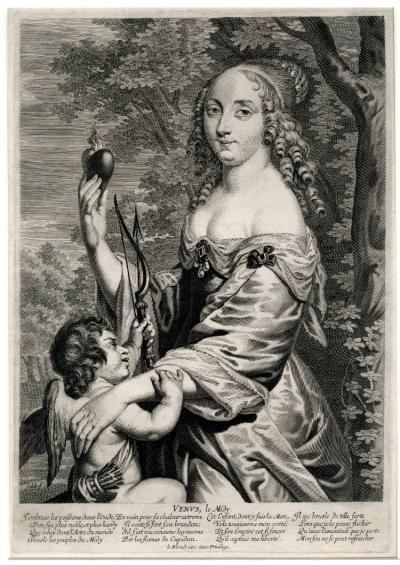
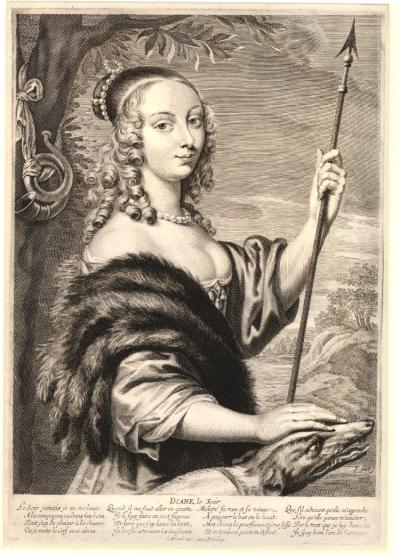
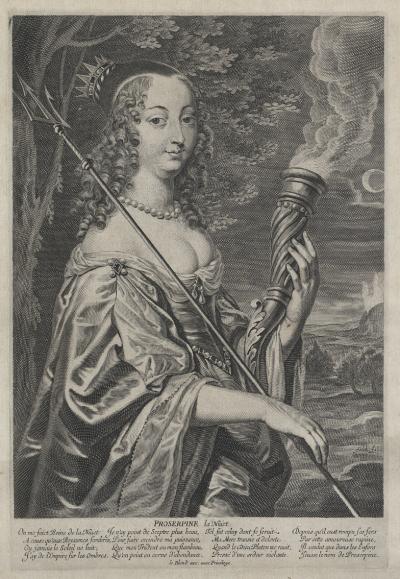

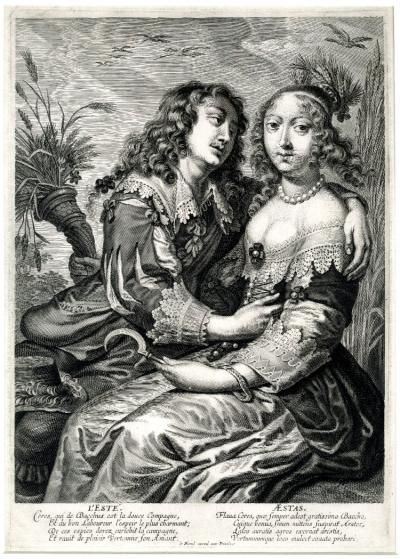
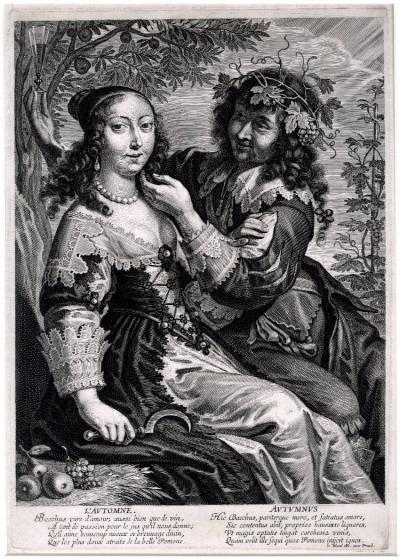
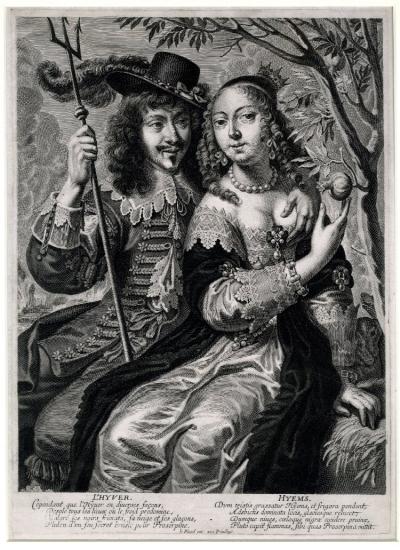
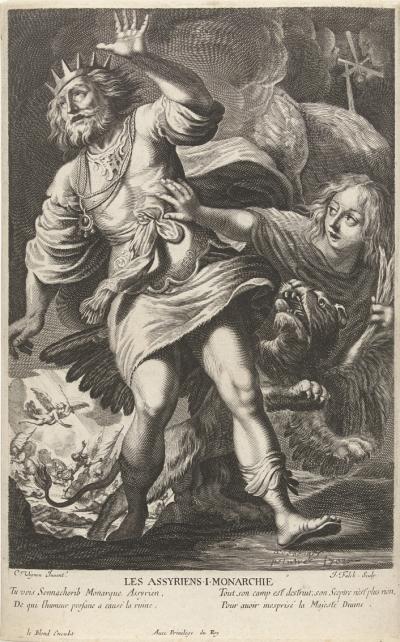
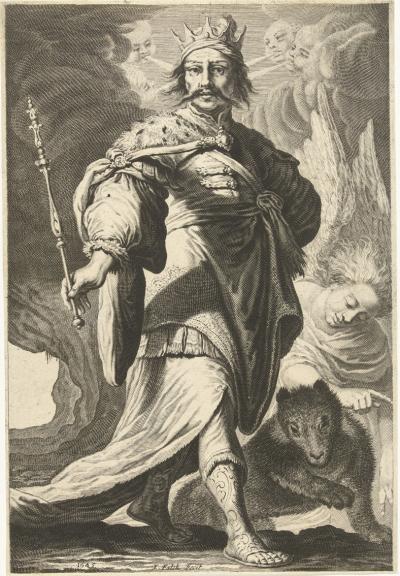

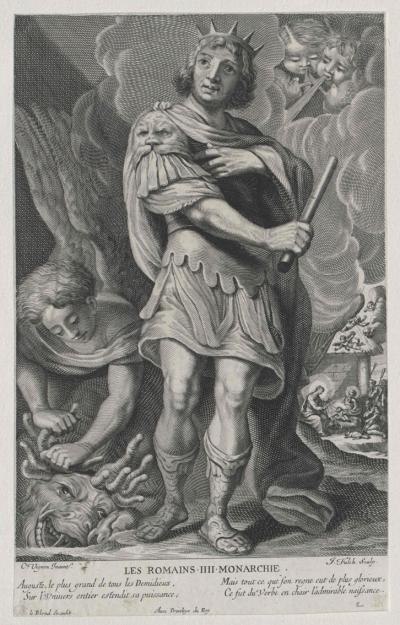
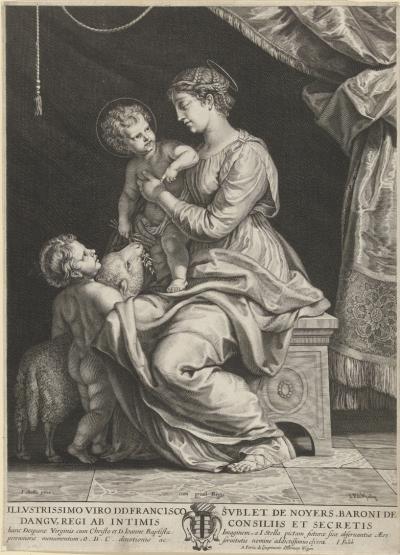
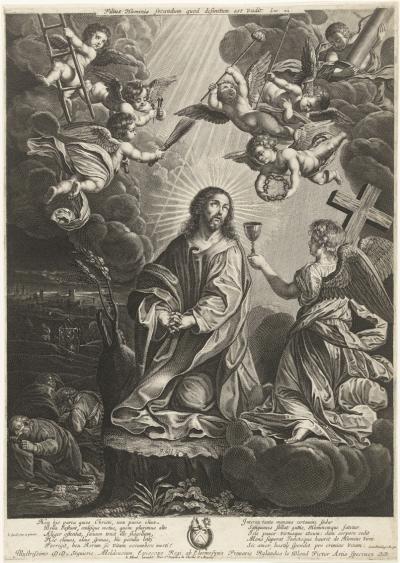

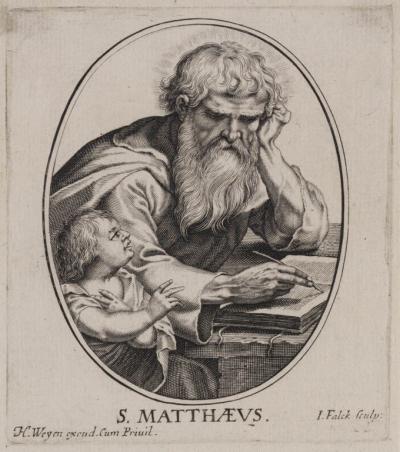
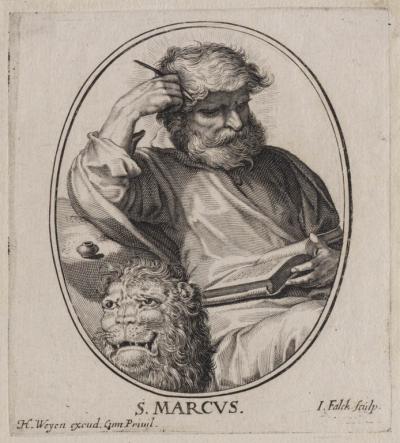
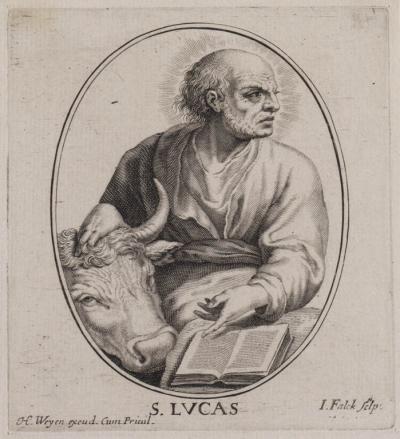
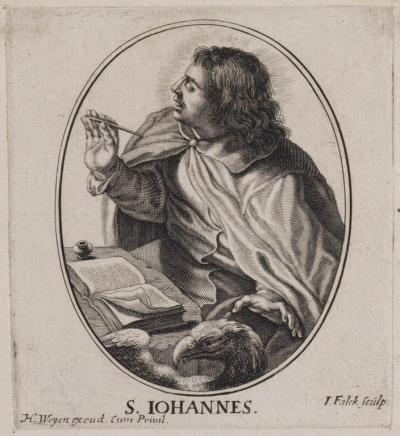
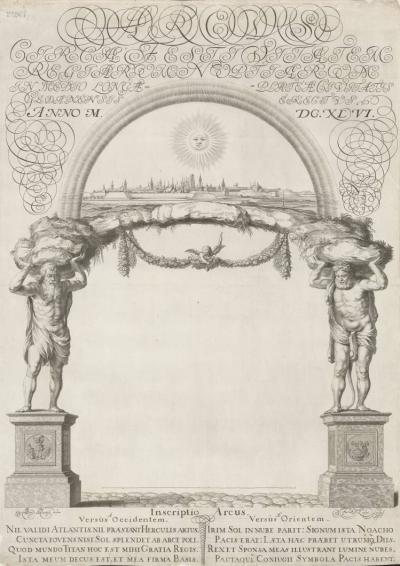

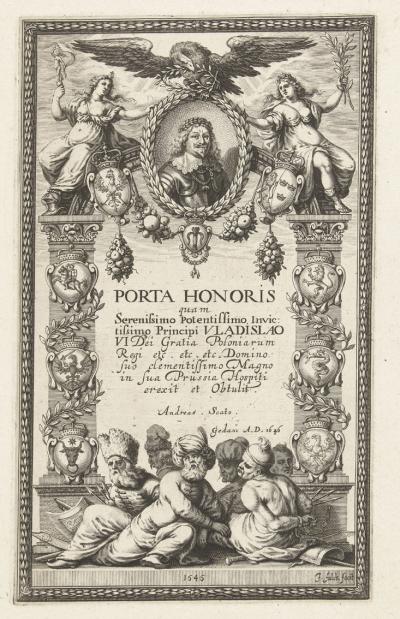
![Ill. 33: Title copper: Jerzy Ossoliński kneels before Pope Urban VIII Ill. 33: Title copper: Jerzy Ossoliński kneels before Pope Urban VIII - To the work by Jerzy Ossoliński: Illustrissimi et Excell[entissi]mi. Copper engraving after unknown. Original, 19 x 14,3 cm, not signed.](/sites/default/files/styles/width_100_tiles/public/assets/images/33_titelkupfer_1647_ossolinski.jpg?itok=In5yX0Cb)
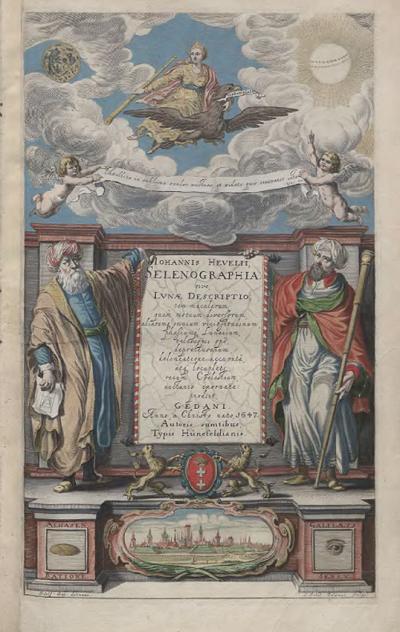
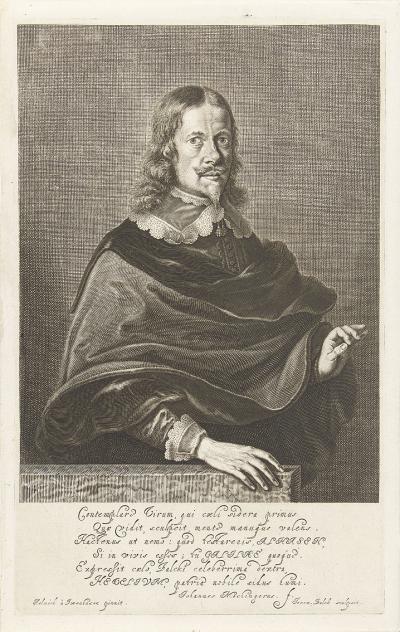
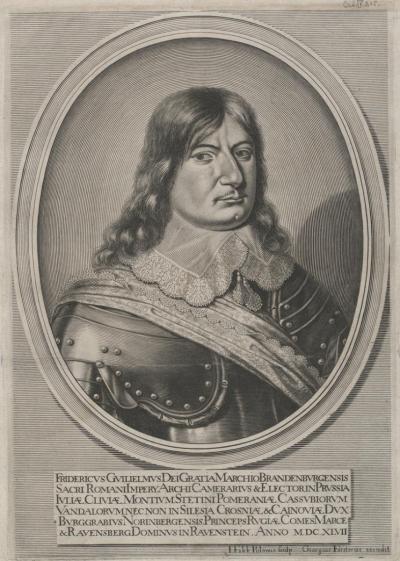
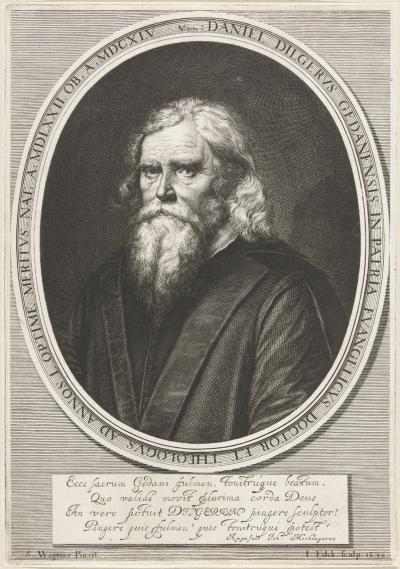
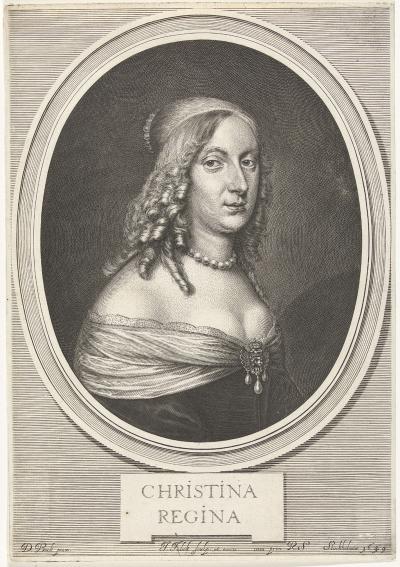

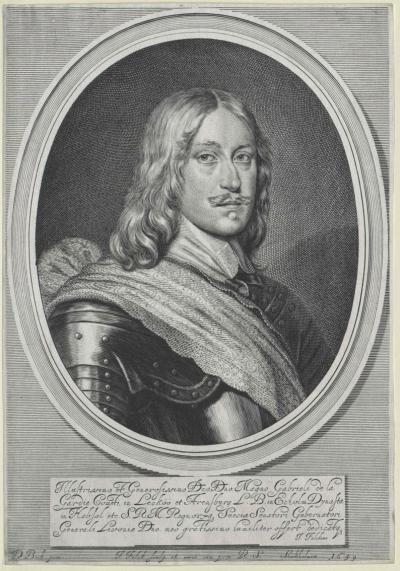
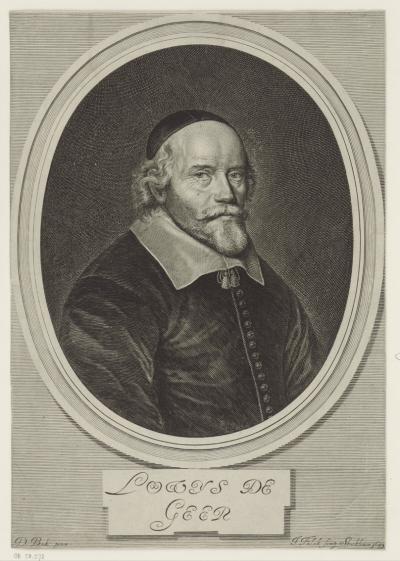
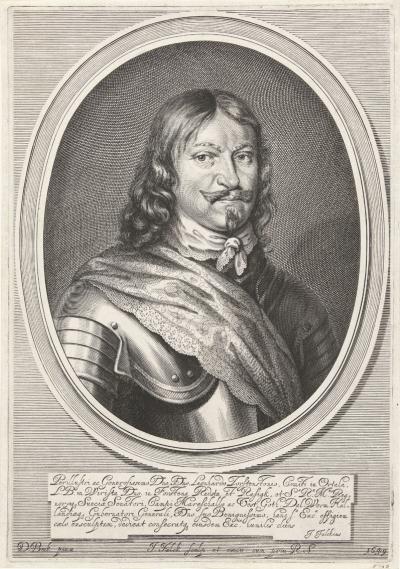
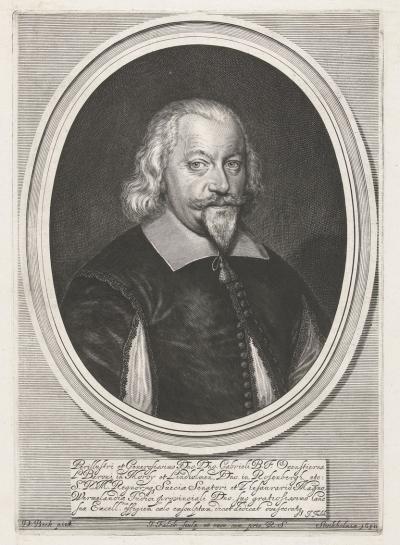
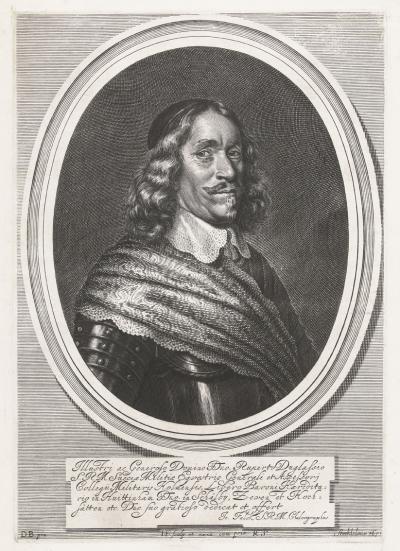
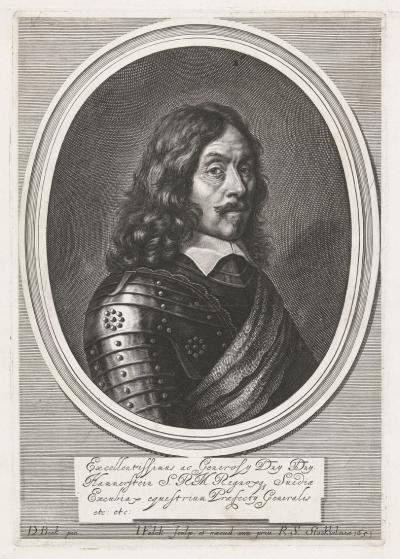
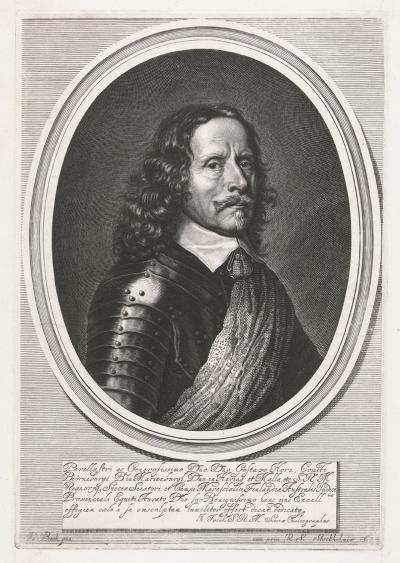
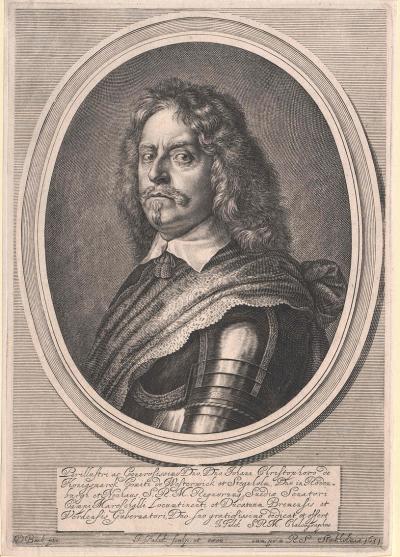
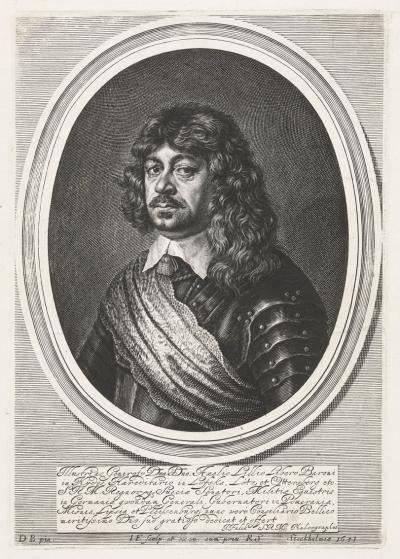
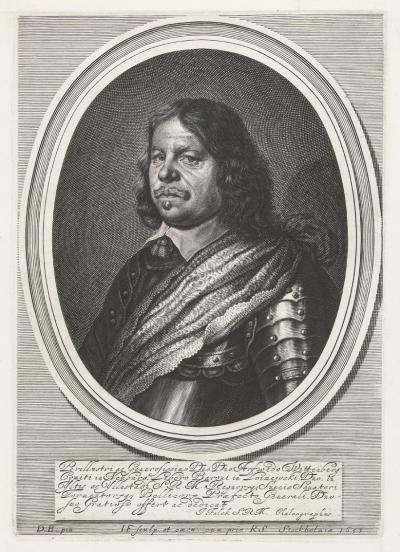
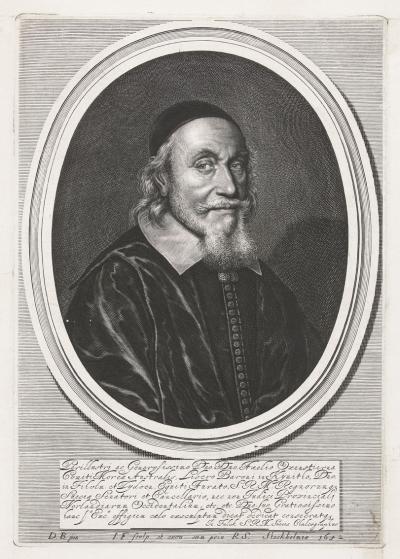
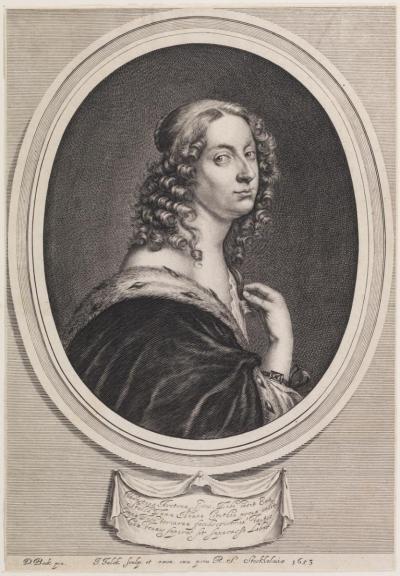
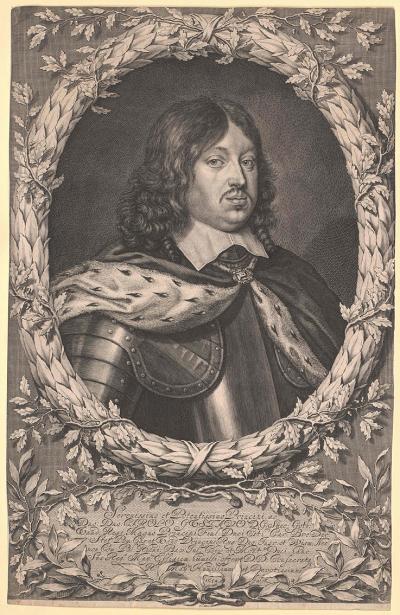
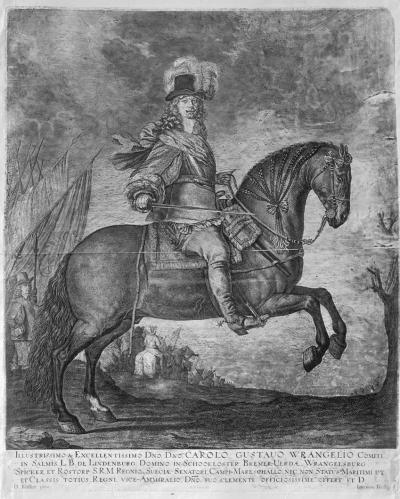

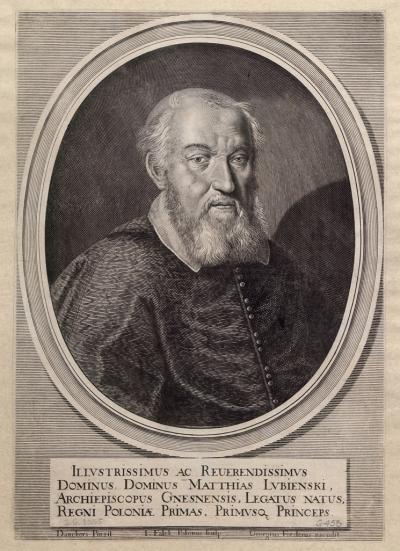
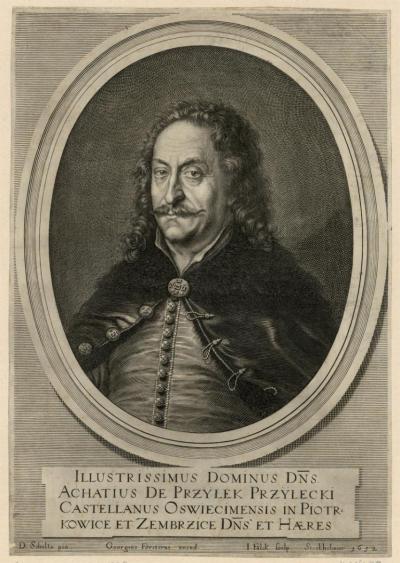
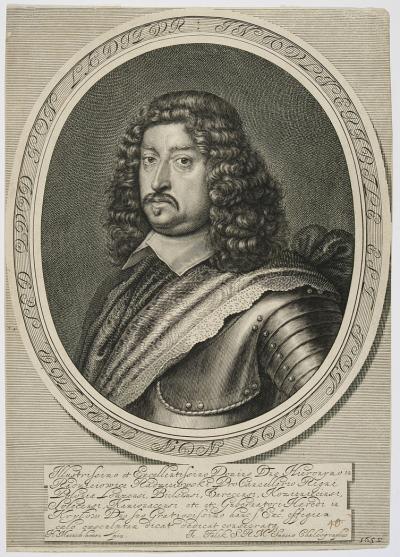
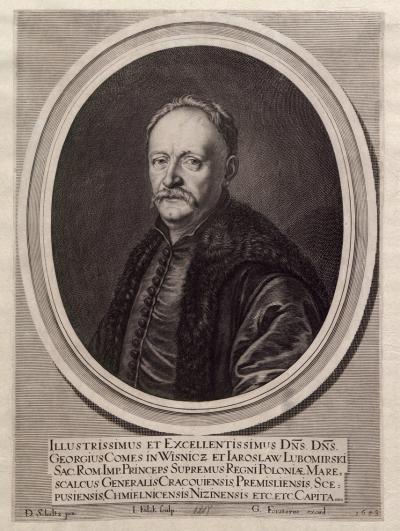
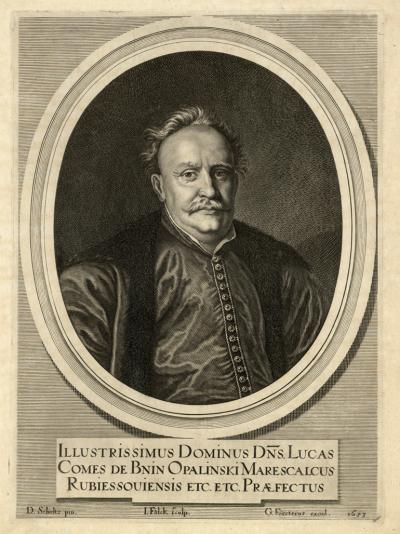
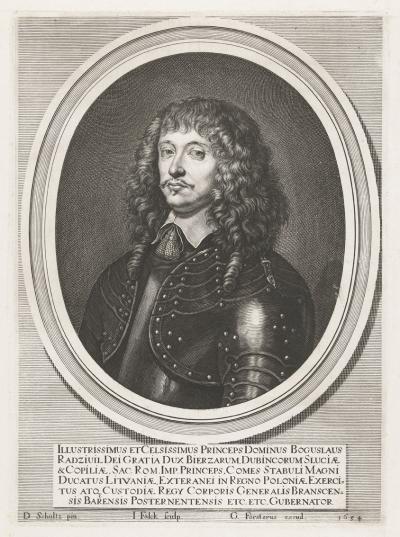
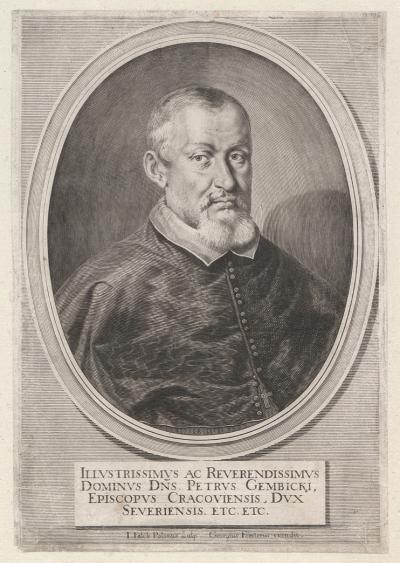
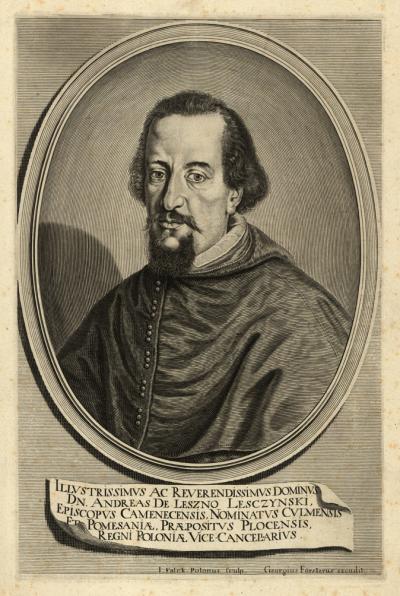
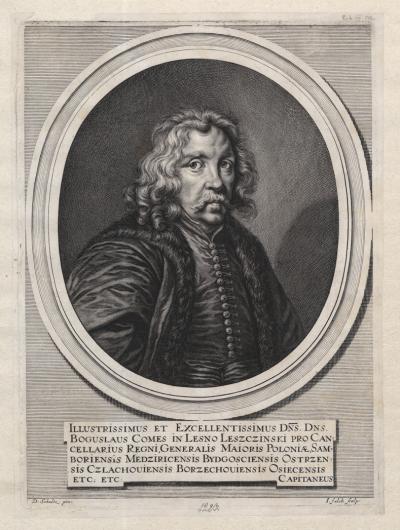
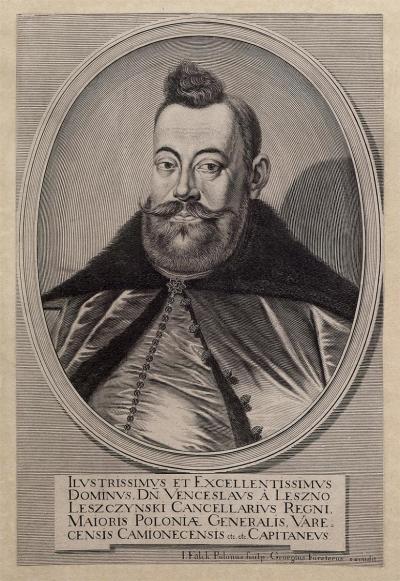
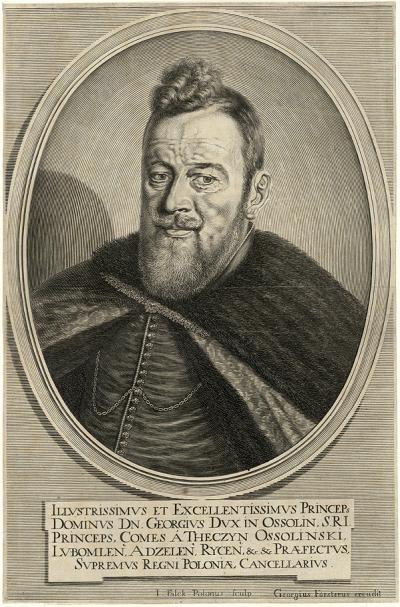
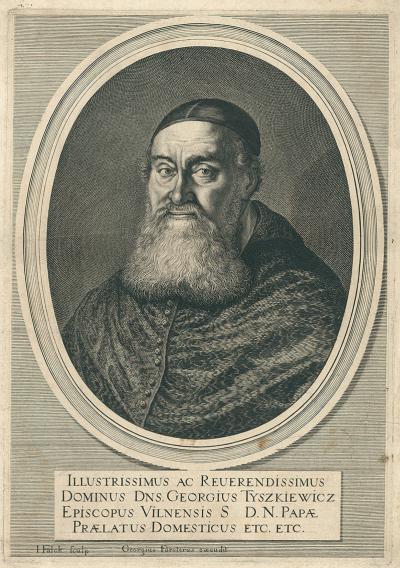
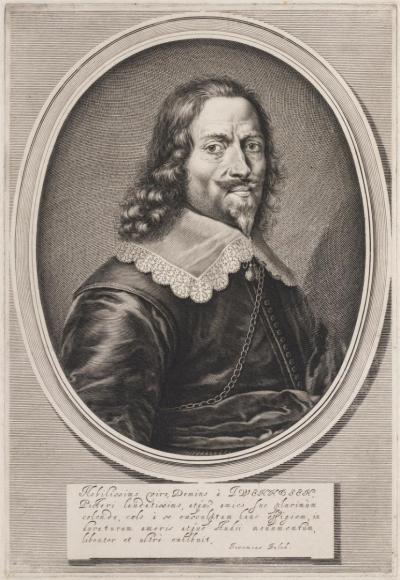

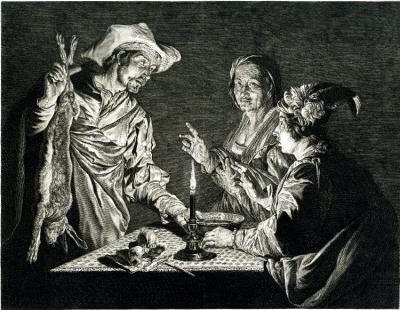
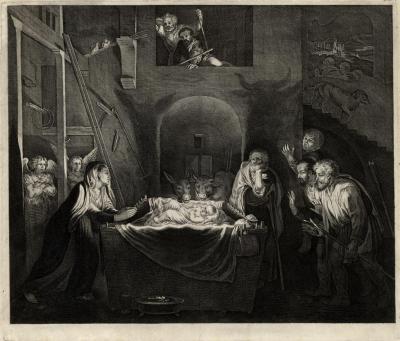
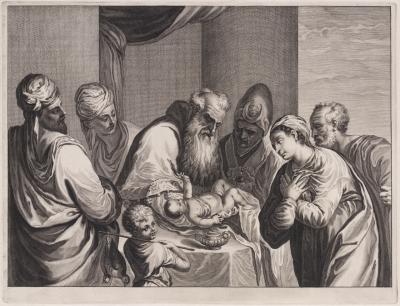
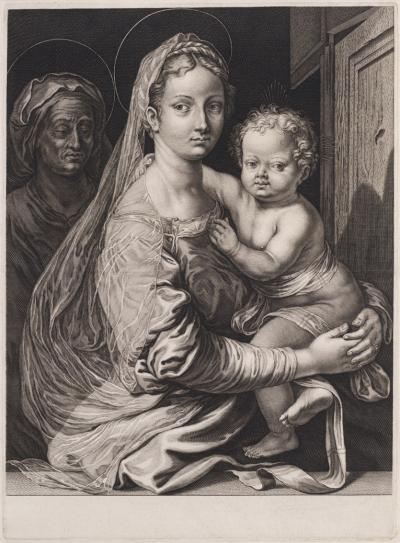
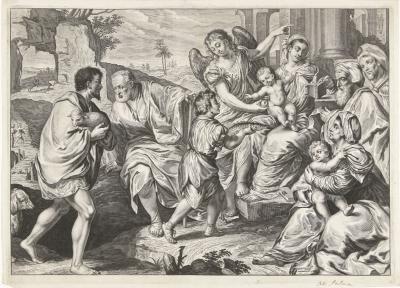
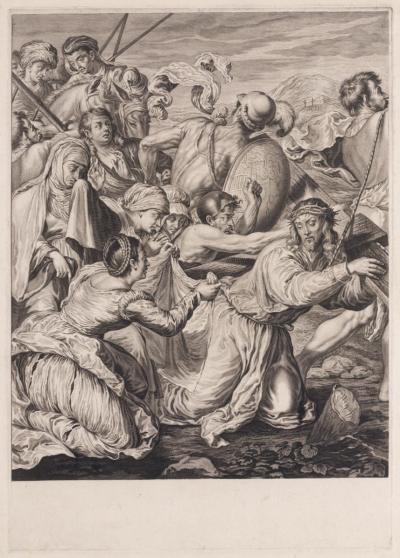
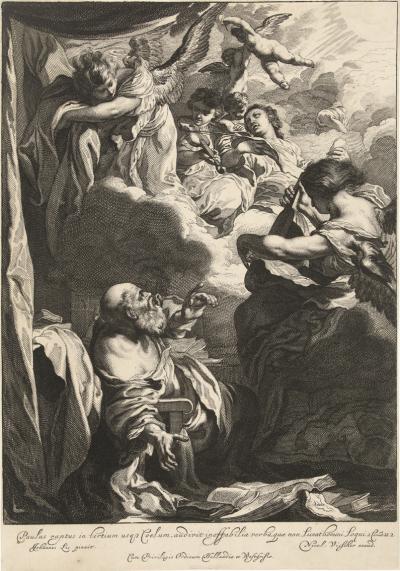
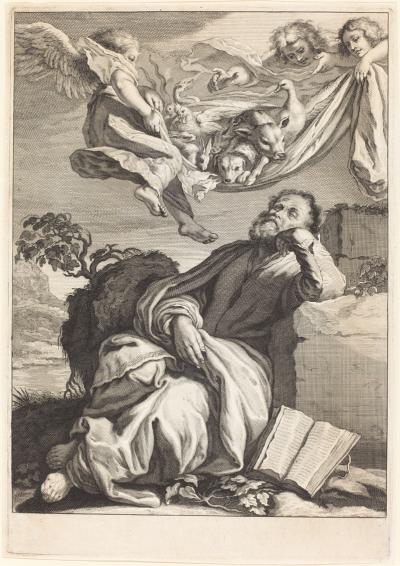
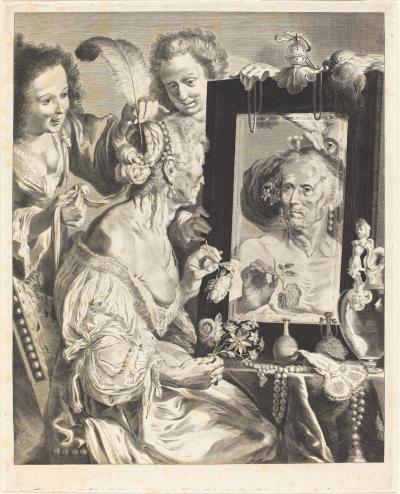
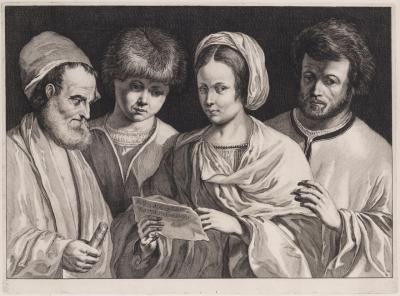
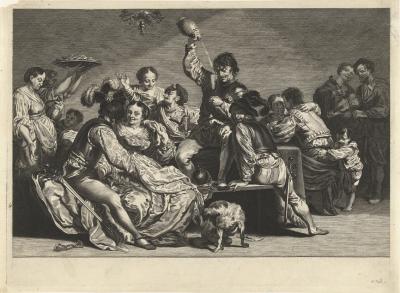
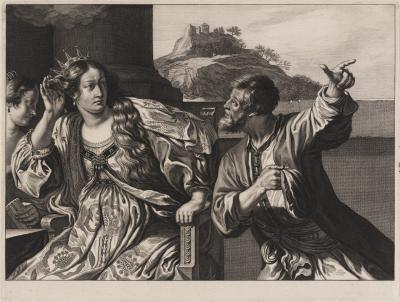
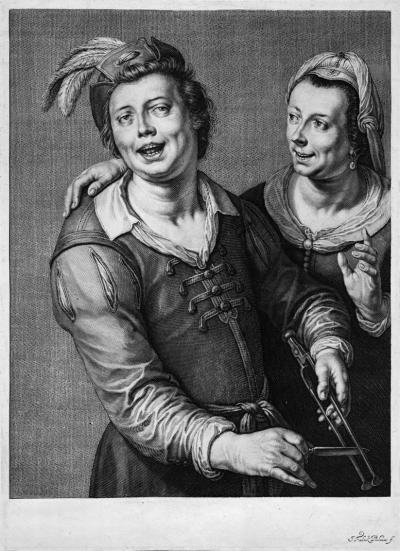
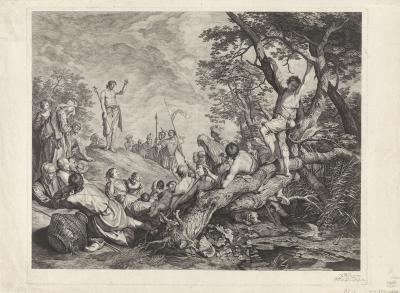
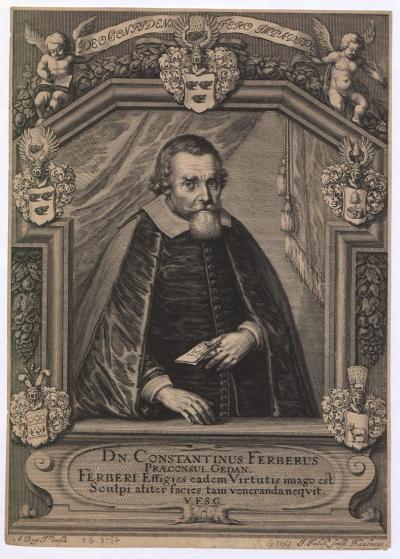
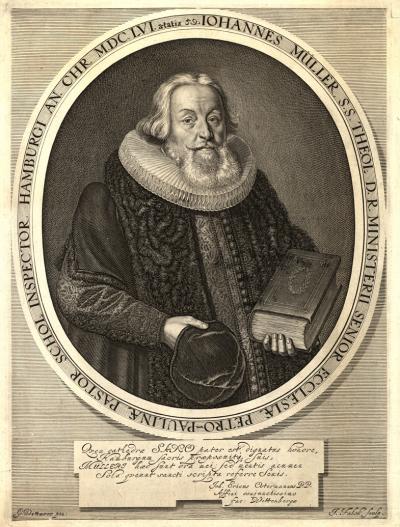
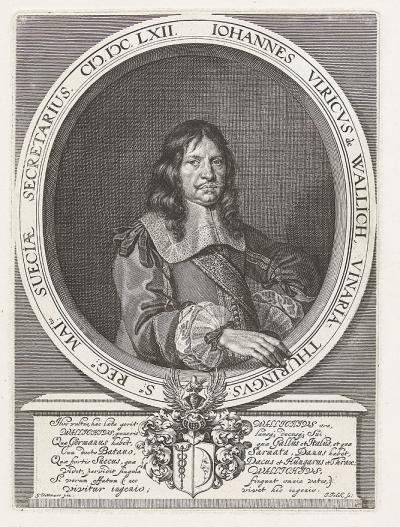
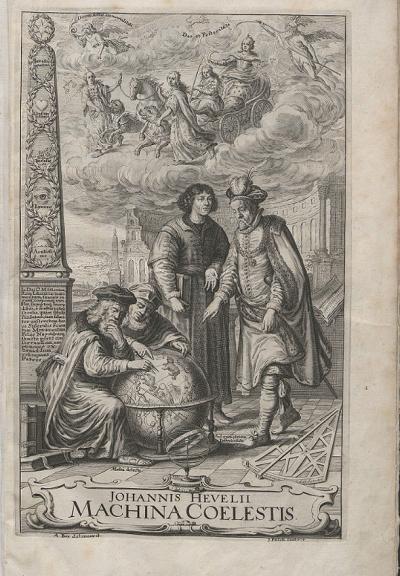

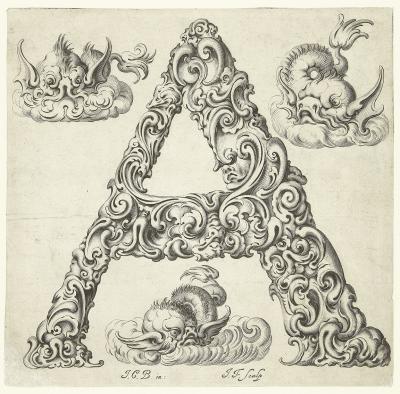
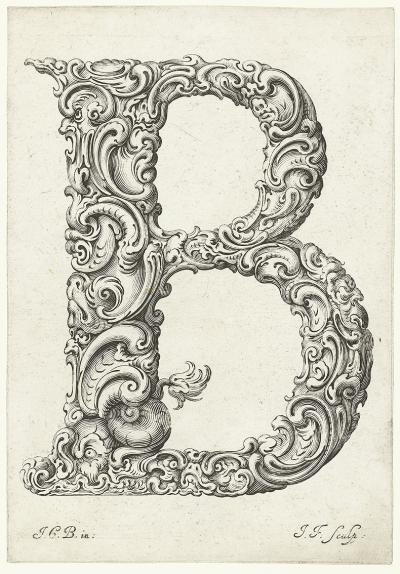


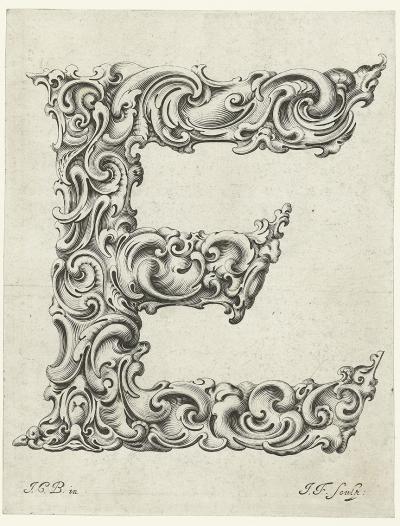
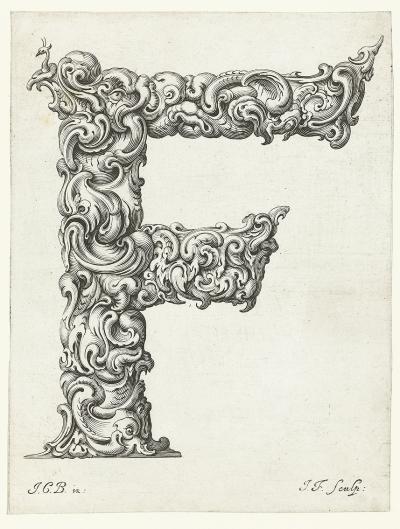
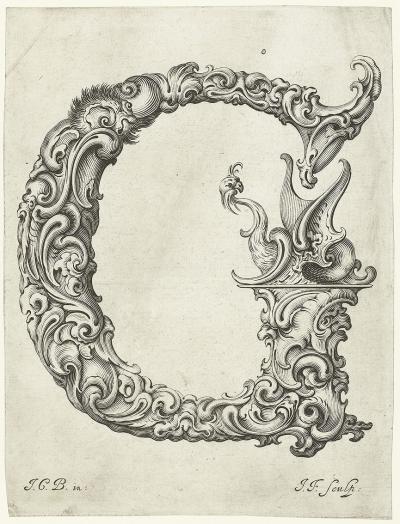
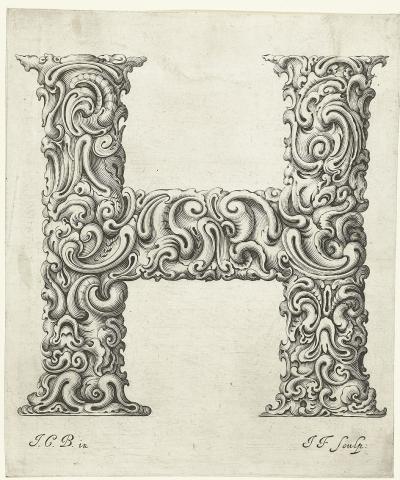

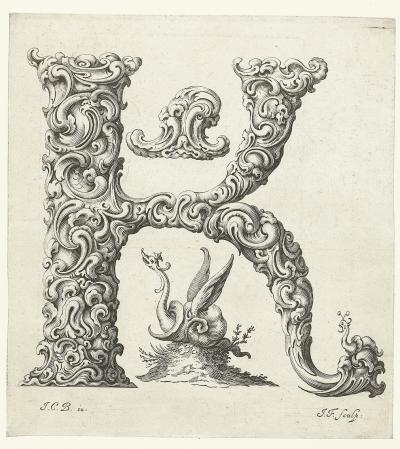
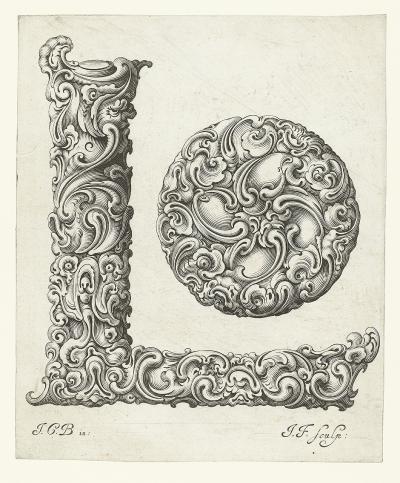
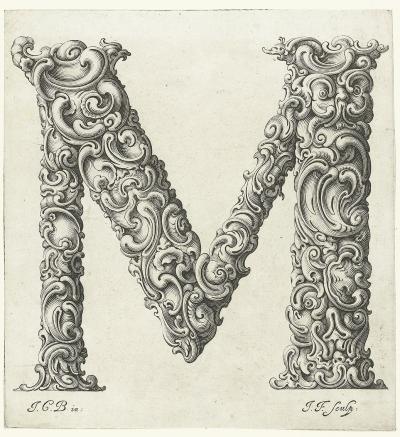
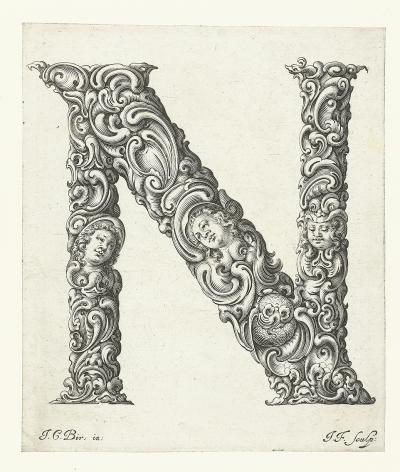
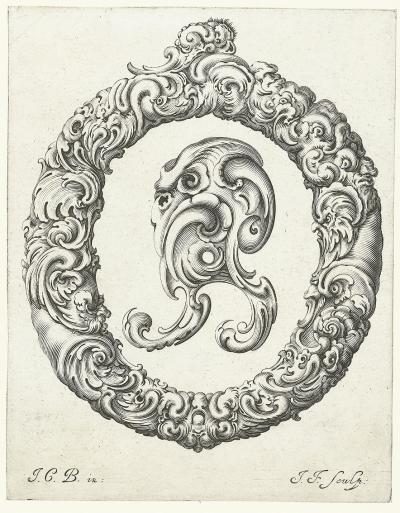
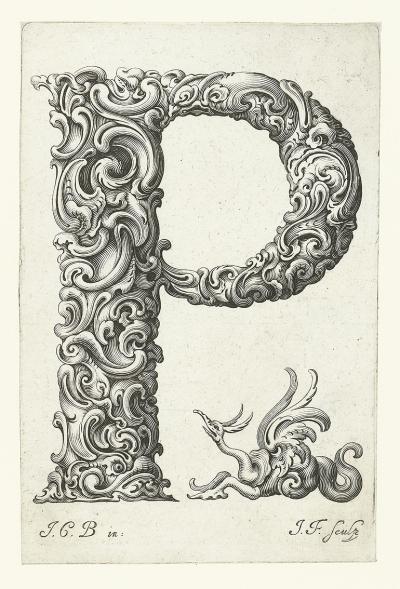
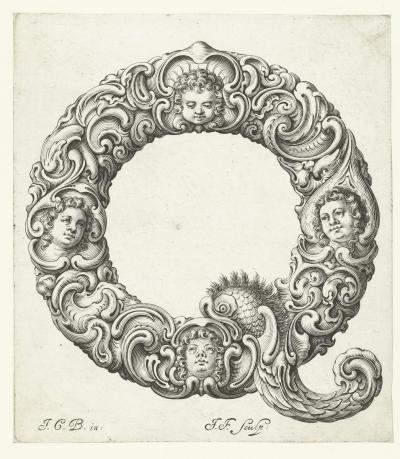
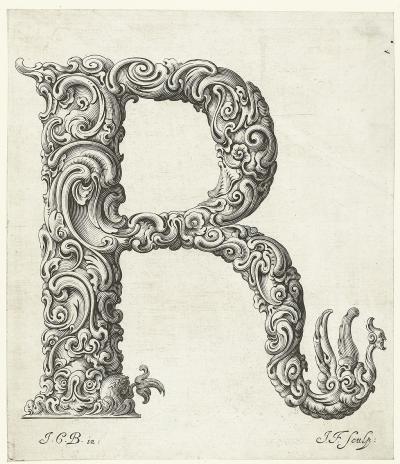
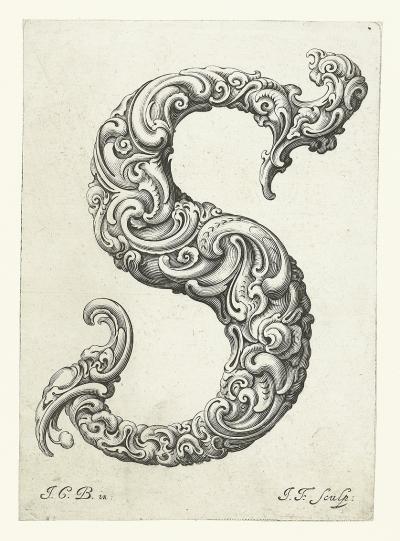
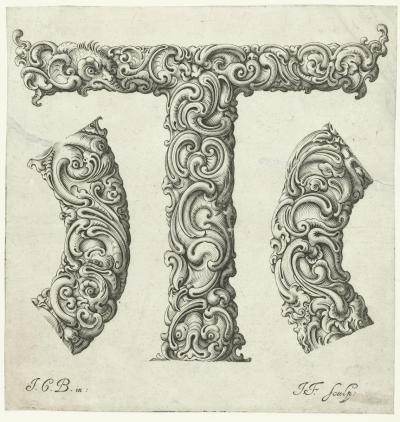
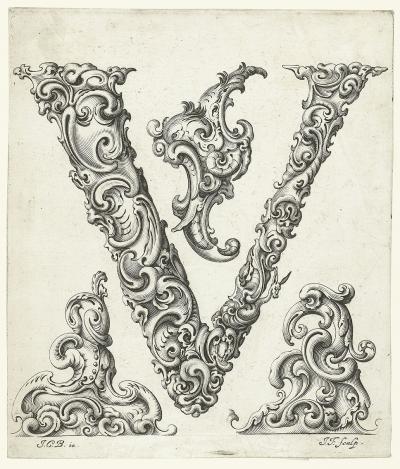
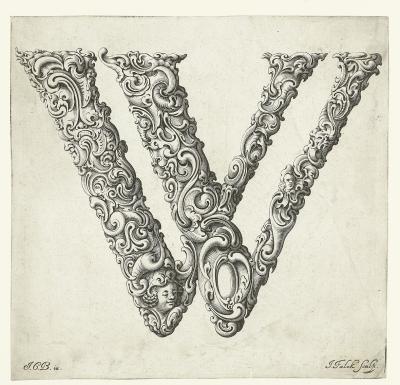
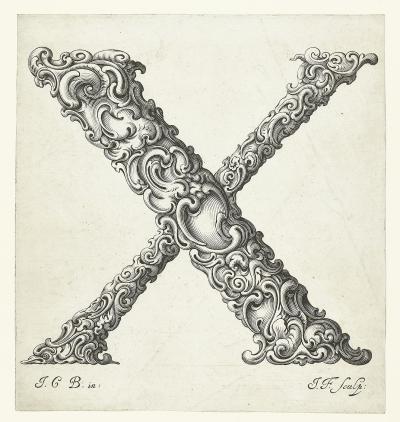
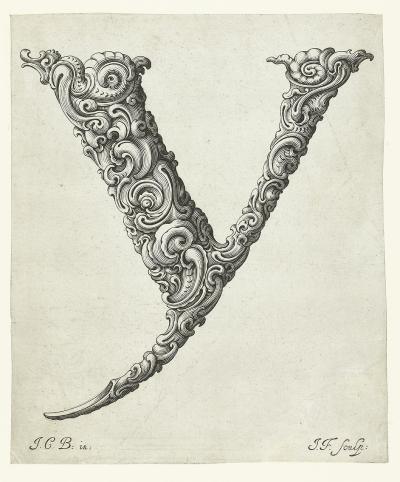
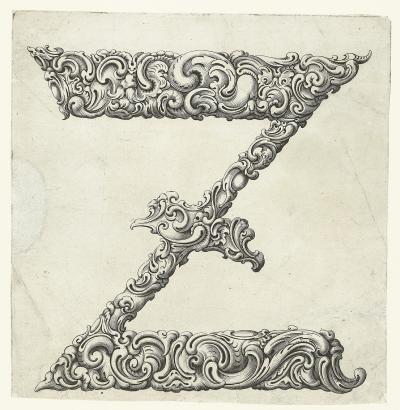

There is no written evidence that Jeremias Falck was first trained in the art of engraving by Willem Hondius. But this seems probable because of their family ties and the stylistic similarities between Falck’s portraits and those of Hondius. Falck lived and worked in Paris between 1639 and 1645. In terms of style his works correspond with French and Dutch art, as practiced in the graphic and painting workshops of Abraham Bosse (1602/04-1676), François Chauveau (1613-1676) and Cornelis Bloemaert (1603-1692). In Paris he collaborated with leading artists and publishers like the painter from Leiden, Justus van Egmont (1601-1674), the Dutch engraver Guillaume de Gheyn (*ca. 1610), the Paris court painter and graphics’ merchant, Jean Le Blond (ca. 1636-1709), the engravers who were active in the middle of the century Jean-Baptiste Humbelot, François Mazot and Jérôme David (ca. 1605-1670), the graphics merchant and bookseller, publisher and painter, François Langlois (L'Anglois), known as Chartres or Ciartres (1588-1647) and the Flemish engraver and publisher, Herman Weyen (1638-1669).
We may presume that in his first years in Paris Falck worked as an apprentice in the workshops of the engravers there, that he was regarded as inexperienced and therefore not allowed to identify himself by name on his works. One of these early works was a book used for drawing lessons and a template book for engravers with details of the human body and images of male and female breasts based on drawings by the Bologna painter Giovanni Francesco Barbieri, known as Il Guercino (1591-1666). The book contains 23 engravings by Falck, none of which was signed. It was published in Paris by Weyen in 1641 under the title “Livre de Portraiture” (Block 172). At the time Block drew up his catalogue of works in 1890 a complete copy could be found in the Poznan Museum; today there is an incomplete copy in the university library in Heidelberg (see PDF).
In 1642 Falck began to engrave portraits of the French royal family based on paintings by the South Netherlands painter, Justus van Egmont, who had emigrated to France in 1628 after studying in Antwerp and working in the workshop of Peter Paul Rubens (1577-1649). In Paris he became the court painter for Louis XIII and Louis XIV. The first of these portraits was that of Anne Marie Louise d’Orléans (1627-1693), the niece of Louis XIII, whose membership of the royal family is made clear by her crown, her ermine cape and the lilies on her dress. On the engraving the author of the original painting is named as Justus d’Egmont: he is also simultaneously named as the publisher and his address is given. Falck signed it with the words “F. sculpsit” (English: engraved it) (Block 210, Ill. 1). In 1643 there followed a portrait of King Louis XIII (1601-1643) (Block 259, Ill. 2) and a portrait of Anna of Austria (1601-1666), who was called the Queen of France and Navarre on the engraving. Although she married Louis XIII in 1615, in reality she was Anna Maria Mauricia of Spain, archduchess of Austria. She was the mother of Louis XIV, and regent of the country between 1643 and 1651 (Block 209, Ill. 3). Both engravings name Egmont as the original painter and publisher, but now the engraver proudly wrote his full name: “Falck fecit” (English: did it). Two engravings of Louis XIII on horseback, one based on a painting by Jean Le Blond, were discovered by Block in Polish collections, namely in the Czartoryski Museum in Kraków/Muzeum Książąt Czartoryskich w Krakowie and in the collection belonging to Mieczysław Gwalbert Pawlikowski (1834-1903) in Lviv. In 1646 Falck made a portrait based on a painting by Egmont showing Louis XIV as a child beneath the Royal Crown, wearing an ermine cape and carrying a baton. Block saw a duplicate, made in the following year, in the Czartoryski Museum; today one can be found in the British Museum in London (Block 262, Ill. 4). Falck did not sign his 1645 portrait of Ludowika Maria Gonzaga, who married Władysław IV Wasa in the same year to become Queen of Poland. Born in Paris as Luisa Maria Gonzaga (1611-1667) she was intended to marry the Duke of Orleans in 1627 until the French king forebad the marriage. In 1640 she set up a literary salon in Paris where she met Johann II Kasimir Wasa, the brother of the Polish king. When Władysław IV died three years after their marriage, she married Johann and became the Queen of Poland, Grand Duchess of Lithuania and titular Queen of Sweden for the second time (Block 258, Ill. 5).





















































































